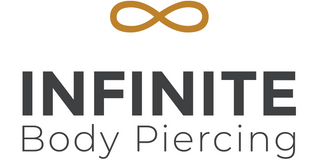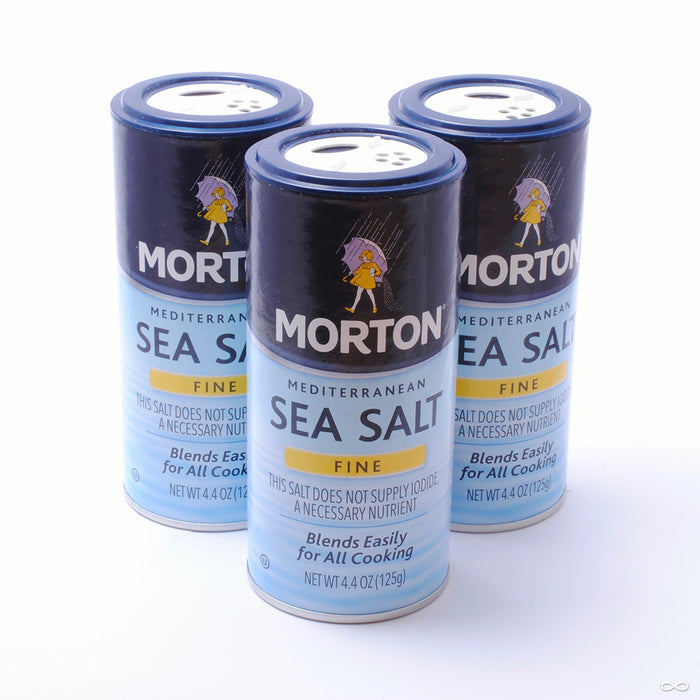Be Patient
We’ve said it before, but we’ll say it again: patience is the key to healthy stretching. This is not a contest for speed and size, but an interactive experiment with your body’s limits and how to extend them. Rushing this can result in more pain, extra scarring, or even tearing that can make future stretches more difficult. Go slow; you have the rest of your life to get there.
Use Plenty of Lubrication
Just like with anal sex, the most important thing to remember, after patience, is to use plenty of lubrication. Putting in jewelry without enough lubrication is like… well, you get the idea.
If you don’t have access to single-use, sterile, surgical lubricants (and most people don’t), water-based lubricants sold for sex, like K-Y or Astroglide, will do the trick. Stay away from petroleum products like Vaseline, A&D ointment, and Neosporin—or other antibiotic ointments—as they may leave behind an oily film which keeps oxygen and cleaning solutions out. Natural oils such as grapeseed or jojoba are also effective, and are even better for use with organic materials where a more natural lubricant is desired.
Massage Your Skin
Massaging the skin directly around your piercing can help to break down and soften stiffer scar tissue. You can massage a piercing either with the jewelry in or out, but if you can take your jewelry out for a while it’s a bit easier.
Use oil or lotion on your fingers so they slide more easily over the skin. Cocoa butter is good, and emu oil can be especially effective. Roll the skin firmly between your fingertips, or rub gently if it’s a flat part of the body. This may be slightly uncomfortable if you have a lot of adhesions, but if it is painful, you are rubbing too hard. Even ten minutes a day can help.
Keep it Clean—and Soak
The stretching process compromises the integrity of the skin, so it’s important to keep your piercing clean. We tell clients to clean their piercing like it’s brand-new after a stretch, anywhere from a few days to a few weeks afterward.
Keeping a good salt-water soak regimen after stretching can be as important as during initial healing. These are especially effective if the piercing is sore, irritated, or otherwise a little pissed off. Just make sure your salt-to-water ratio is correct, as outlined in our aftercare.
Listen to Your Body
The suggested time between stretches are just that: suggestions. While you may experience some resistance or discomfort during (and just after) a stretch, pain is your body’s way of telling you something is wrong. If you are feeling pain, stop; your body may not be ready to go to the next size.
Plan Ahead
It may seem obvious, but don’t assume this process is reversible. There is absolutely no way to know how much your piercings will close after they have been stretched—if they do at all. Certain factors do affect how much a stretched piercing can shrink back up, such as time between stretches, the method of stretching, and the malleability of the skin being stretched, but stretching should be considered a permanent modification, and you should enter it with the understanding that you and your body may never be the same again. If you’re not okay with having a stretched piercing for the rest of your life, don’t start stretching in the first place.

















